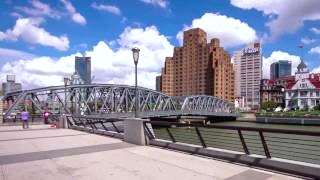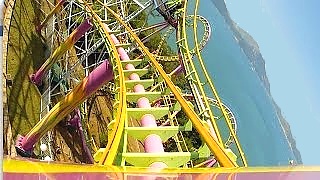With Daniel Dumbrill ...
[640],shadow=true,start=,stop=
Live more ...
 More on XinJiang – lies and reality (and why)
More on XinJiang – lies and reality (and why)With Daniel Dumbrill ...
[640],shadow=true,start=,stop=

|
Compare that with the UK's (maybe) 250 km single line (HS2).
With Jason / Living In China ...
With For All Life's Adventures ...
|

|
An awesome film - don't miss it ...
September trip, in 2017; charming couple.
XinJiang, north west China, includes the Tien Shan and Kunlun Shan mountains, the Taklimakan Desert, and the Tarim Basin.
|

|
Beautiful sweeping scenes ...
|

|
Featuring the She 畲 people, one of the 56 ethnic groups in China and the largest minority in FuJian province.
|

|
With Walk East ...
XiJiang QianHu, Miao village ...
'Little ShangHai' ...
|

|
Three year old Mei Lan at Atlanta Zoo a couple of months before she was moved to the ChengDu Panda Base in China.
|

|

|